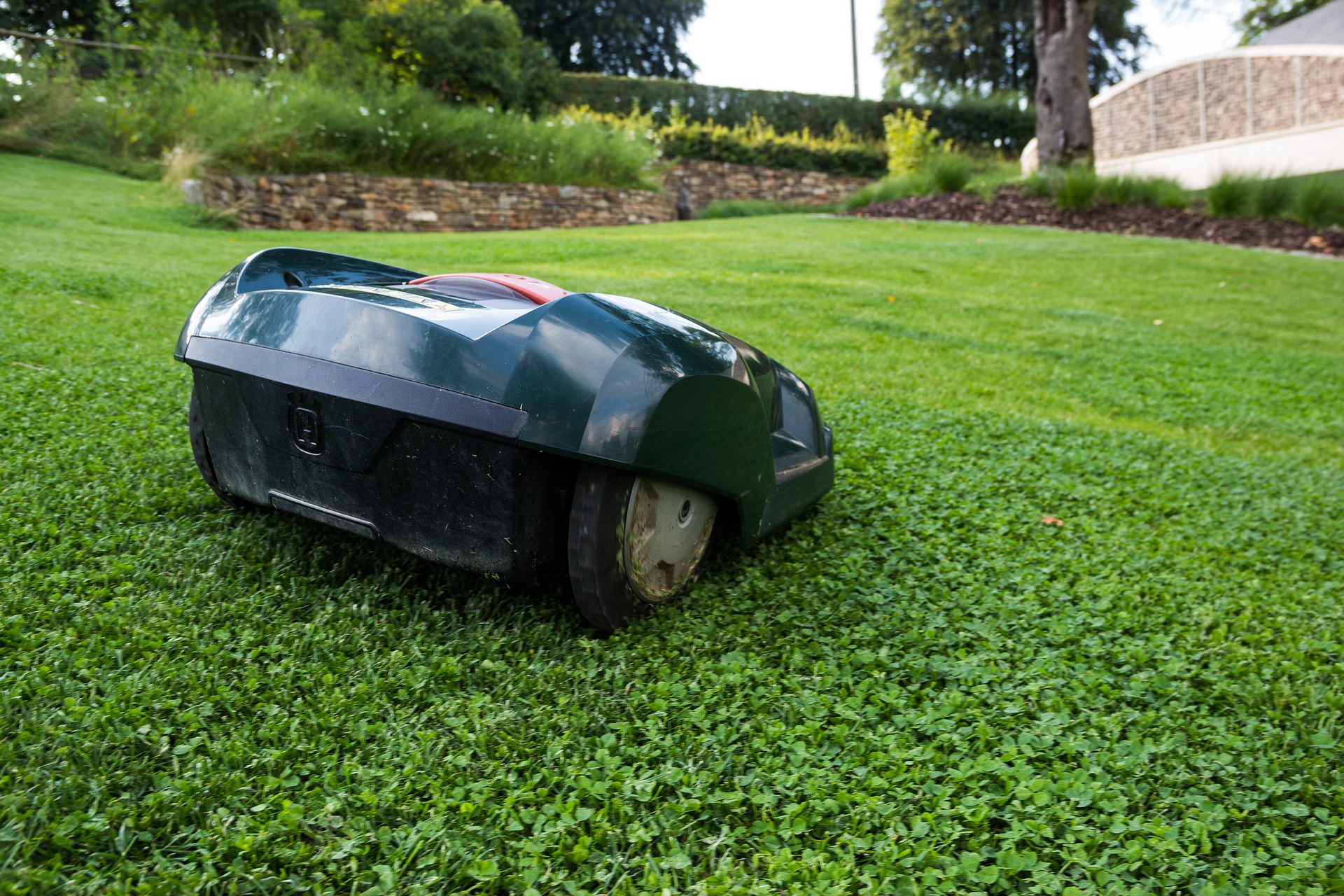What To Know About Repossessed Lawn Mower Pricing Insights
Repossessed lawn mowers represent a potentially cost-effective option for homeowners seeking quality equipment at reduced prices. These machines have been reclaimed by financial institutions or dealerships after previous owners defaulted on payments, creating an opportunity for buyers to acquire lawn care equipment below retail value. Understanding the market for repossessed lawn mowers requires knowledge about where these items come from, how pricing is determined, what features to expect, and the best methods for finding these deals in your local area.

What are Repossessed Lawn Mowers
Repossessed lawn mowers are equipment that financial institutions or dealers have reclaimed after the original purchaser failed to meet payment obligations. When customers finance lawn equipment through loans or credit arrangements and subsequently default, the lender has the legal right to take back the property. These reclaimed mowers include various types, from push mowers to commercial-grade riding models. The repossession process typically involves professional repossession agents who locate and legally retrieve the equipment. Once recovered, these machines enter a secondary market where they’re sold to recoup the lender’s losses, often at significant discounts compared to new models.
Repossessed Lawn Mower Prices and Cost
The pricing structure for repossessed lawn mowers follows different patterns than retail sales, with several factors influencing final costs. Generally, repossessed equipment sells for 30-60% below comparable new models, providing substantial savings opportunities. The price depends largely on the mower’s age, condition, brand reputation, and market demand. For example, a repossessed commercial-grade riding mower that might cost $3,000-$5,000 new could sell for $1,500-$3,000 in the repossession market. Push mowers originally priced at $300-$500 might be available for $150-$300 when repossessed. Auction settings can drive prices even lower during slow seasons or when multiple units are available.
Repossessed Lawn Mower Features
Repossessed lawn mowers span the full spectrum of available features, though condition varies significantly between units. Many repossessed models retain valuable capabilities such as self-propulsion systems, mulching functionality, adjustable cutting heights, and comfort features like padded seats on riding models. Higher-end repossessed equipment may include advanced features like zero-turn capabilities, electric start systems, and specialized attachments. The age of repossessed equipment typically ranges from nearly new to several years old, with corresponding wear levels. While some units may show signs of neglect, others might have been well-maintained before repossession, potentially offering excellent value with minimal cosmetic wear.
Repossessed Lawn Mower Models
The repossession market includes diverse mower models from major manufacturers and specialty brands alike. Common repossessed riding mower brands include John Deere, Craftsman, Husqvarna, and Toro, with models ranging from basic lawn tractors to professional-grade zero-turn machines. In the push mower category, repossessed inventory frequently features Honda, Troy-Bilt, Craftsman, and Toro models with various engine configurations. Commercial-grade equipment appears regularly in repossession inventories, offering significant value for landscaping businesses or owners with large properties. The availability of specific models fluctuates seasonally, with greater inventories typically appearing toward the end of summer and early fall when payment delinquencies become more common.
How to Find Repossessed Lawn Mowers
Locating repossessed lawn mowers requires knowledge of several specialized market channels. Bank and credit union auctions represent primary sources, with many financial institutions holding regular liquidation events for repossessed equipment. Online auction platforms like GovDeals, AuctionTime, and specialized equipment marketplaces frequently list repossessed lawn care equipment. Local equipment dealers sometimes acquire repossessions from financial partners and offer these units at discounted prices through their used inventory. Dedicated repossession services and liquidation companies serve as intermediaries between lenders and buyers, offering another channel for finding these machines. Establishing relationships with local dealers and subscribing to auction notifications can help serious buyers identify opportunities when repossessed inventory becomes available in their area.
Repossessed Lawn Mower Market Comparison
The market for repossessed lawn mowers varies significantly by region, season, and available inventory. Understanding typical pricing patterns can help buyers make informed decisions when evaluating potential purchases.
| Mower Type | Average New Price | Typical Repossessed Price | Common Brands | Condition Expectations |
|---|---|---|---|---|
| Push Mower | $300-$600 | $150-$350 | Honda, Troy-Bilt, Toro | Good to fair, may need minor repairs |
| Self-Propelled | $400-$900 | $200-$500 | Honda, Craftsman, Husqvarna | Variable condition, often serviceable |
| Riding Mower | $1,500-$3,000 | $800-$1,800 | John Deere, Craftsman, Cub Cadet | May require maintenance, cosmetic wear |
| Zero-Turn | $3,000-$6,000 | $1,500-$3,500 | Toro, Husqvarna, Ariens | Often higher wear, can need repairs |
| Commercial | $6,000-$12,000 | $3,000-$7,000 | Exmark, Scag, John Deere | Varied usage hours, maintenance history unclear |
Prices, rates, or cost estimates mentioned in this article are based on the latest available information but may change over time. Independent research is advised before making financial decisions.
Evaluating Repossessed Lawn Mower Value
Determining whether a repossessed lawn mower offers good value requires careful assessment beyond just the price tag. Potential buyers should consider the equipment’s maintenance history, though this information is often limited with repossessed items. Physical inspection remains crucial—checking for engine compression, transmission function, deck condition, and overall structural integrity helps prevent costly post-purchase repairs. Replacement part availability and cost should factor into the value equation, particularly for older or less common models. Buyers should also compare current repossessed offerings against both new models and traditional used equipment prices to ensure the repossession discount justifies any increased maintenance risk or reduced warranty coverage.




